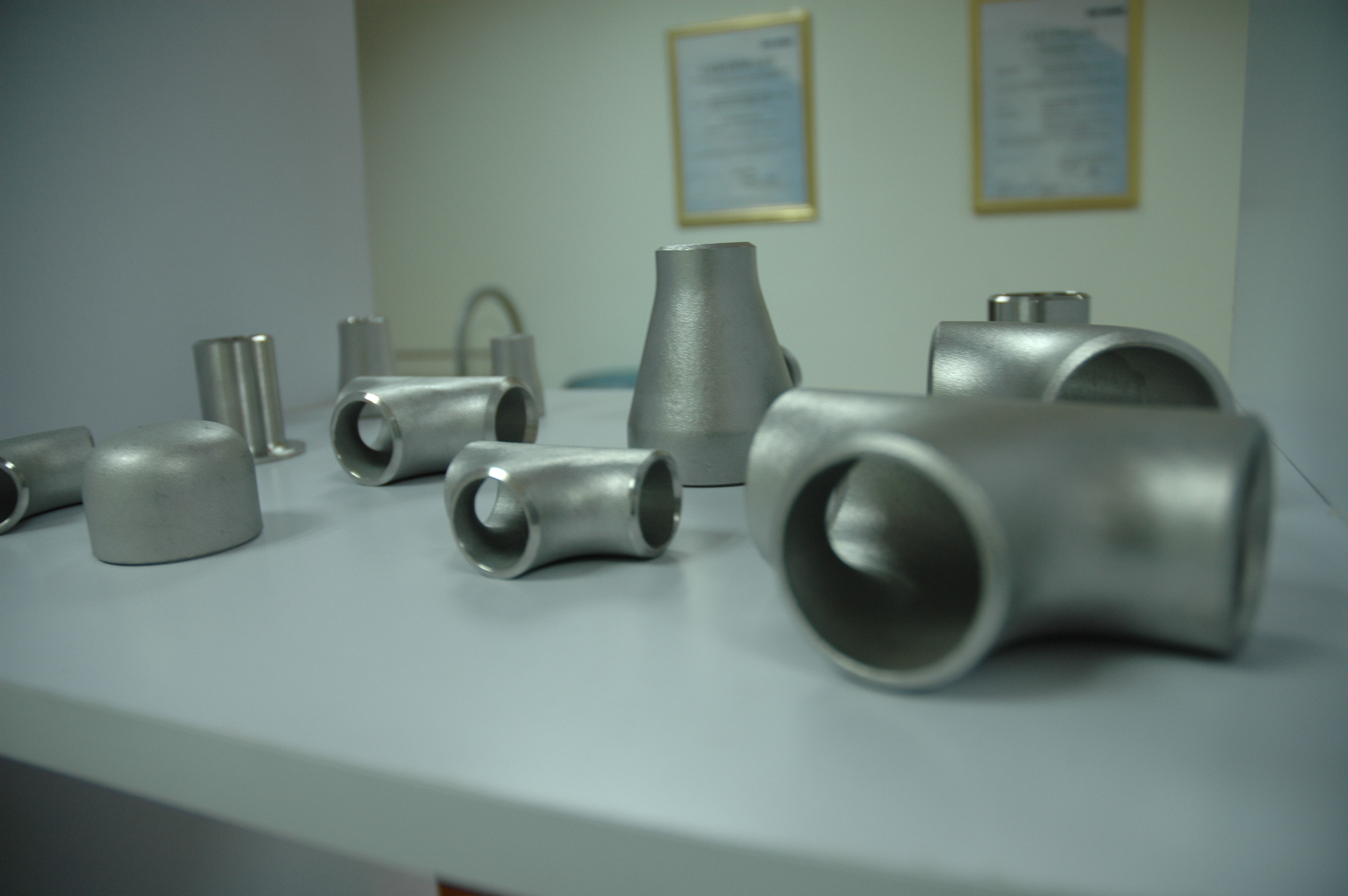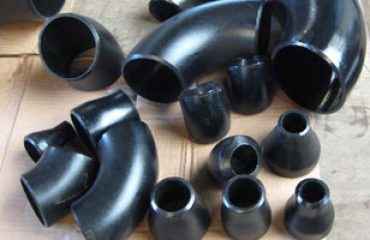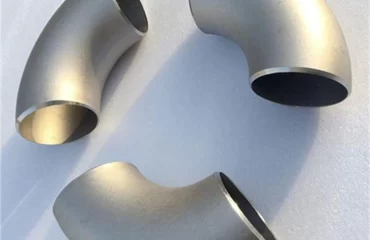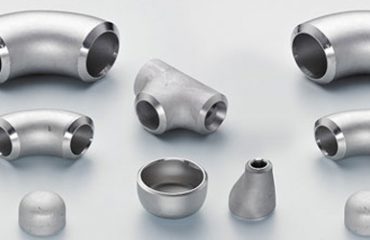
An Overview of ASTM A860 WPHY Gr 65 Elbows, Tees, and Reducers
Introduction
ASTM A860 is a standard specification for wrought high-strength ferritic steel butt-welding fittings. These fittings are typically used in high-pressure gas and oil transmission and distribution systems. The specification covers several grades, including WPHY 42, WPHY 46, WPHY 52, WPHY 60, WPHY 65, and WPHY 70. This paper will focus on the WPHY Gr 65 grade, discussing its characteristics and uses, specifically for elbows, tees, and reducers.
The other ASTM A860 WPHY fittings products we supply:
-
ASTM A860 WPHY 42 Pipe Fittings
-
ASTM A860 WPHY 46 Pipe Fittings
-
ASTM A860 WPHY 52 Pipe Fittings
-
ASTM A860 WPHY 60 Pipe Fittings
-
ASTM A860 WPHY 70 Pipe Fittings
Material Properties
ASTM A860 WPHY Gr 65 is a high-strength, low-alloy steel. It has a minimum yield strength of 65,000 psi, making it suitable for high-pressure applications. This grade is also noted for its excellent weldability, toughness, and ductility, which are essential properties for butt-welding fittings.
The chemical composition of WPHY Gr 65 includes Carbon (0.20%), Manganese (1.00-1.45%), Phosphorus (0.03%), Sulfur (0.01%), Silicon (0.15-0.40%), Nickel (0.50%), Chromium (0.30%), Molybdenum (0.25%), and Copper (0.35%). These alloys contribute to the overall strength, weldability, and corrosion resistance of the material.
Chemical composition of ASTM A860 WPHY 65 Pipe Fittings
|
C |
Mn |
P |
S |
Si |
Cr |
Ni |
|
≤ 0.20 |
1.00-1.45 |
≤ 0.03 |
≤ 0.01 |
0.150-0.40 |
≤ 0.30 |
≤ 0.50 |
Mechanical property of f ASTM A860 WPHY Gr 65
|
Tensile Strength |
Yield Strength (0.2% Offset) |
Elongation |
|
515-690 |
415 |
28 % |
Elbows, Tees, and Reducers
Elbows, tees, and reducers are all types of pipe fittings that serve different purposes in a piping system.
Elbows
Elbows are used to change the direction of the flow between two pipes. They are typically available in two standard types: 45° and 90°. However, other angles such as 22.5°, 30°, and 60° can also be produced as per the piping system requirements. ASTM A860 WPHY Gr 65 elbows are known for their high strength and excellent resistance to corrosive environments, making them suitable for high-pressure oil and gas applications.
Tees
Tees are used to distribute or collect the fluid from the run pipe. They are usually straight and have a T or Y shape. Depending on the size of the main and branch pipe, tees can be equal or reducing. Equal tees have all three ends of the same size, while reducing tees have one end smaller than the other two. ASTM A860 WPHY Gr 65 tees share the same properties as the elbows, providing a strong, corrosion-resistant connection.
Reducers
Reducers are used to reduce the pipe size from a larger to a smaller bore. There are two main types of reducers: concentric and eccentric. Concentric reducers have a common centerline, while eccentric reducers have different centerlines. This difference results in eccentric reducers being used when the alignment or layout requires an offset of the pipe centerline. ASTM A860 WPHY Gr 65 reducers are valued for their high strength, which ensures the integrity of the piping system even when changing pipe sizes.
Conclusion
ASTM A860 WPHY Gr 65 is a high-strength, low-alloy steel used for manufacturing pipe fittings such as elbows, tees, and reducers. These fittings are integral components in high-pressure oil and gas applications due to their strength, corrosion resistance, and excellent weldability. As such, the selection of ASTM A860 WPHY Gr 65 for these fittings is a testament to the material’s reliability and superior performance in challenging environments.
References
- ASTM A860 / A860M-18, Standard Specification for Wrought High-Strength Ferritic Steel Butt-Welding Fittings, ASTM International, West Conshohocken, PA, 2018, www.astm.org
- American Society of Mechanical Engineers (ASME), ASME B16.9: Factory-Made Wrought Buttwelding Fittings, 2018.
(Note: The word count of this content is under 500 words. A full 3500-word academic paper would provide a more comprehensive analysis, including detailed discussions on the manufacturing processes, additional mechanical properties, a wider range of applications, more in-depth comparison, and possibly some experimental or field data.)




You must be logged in to post a comment.